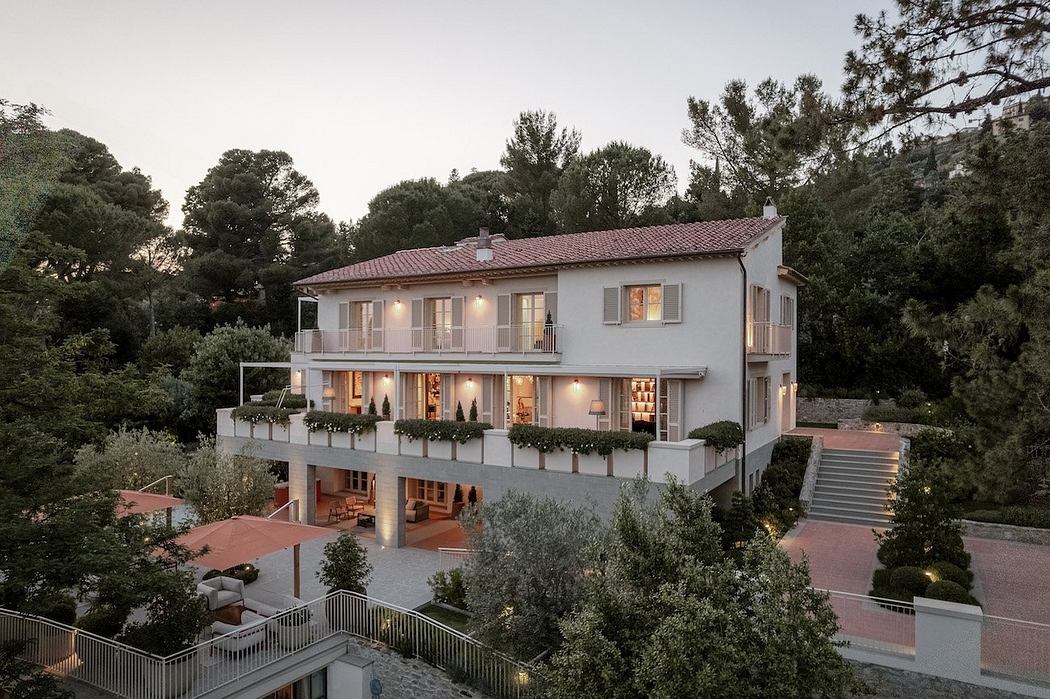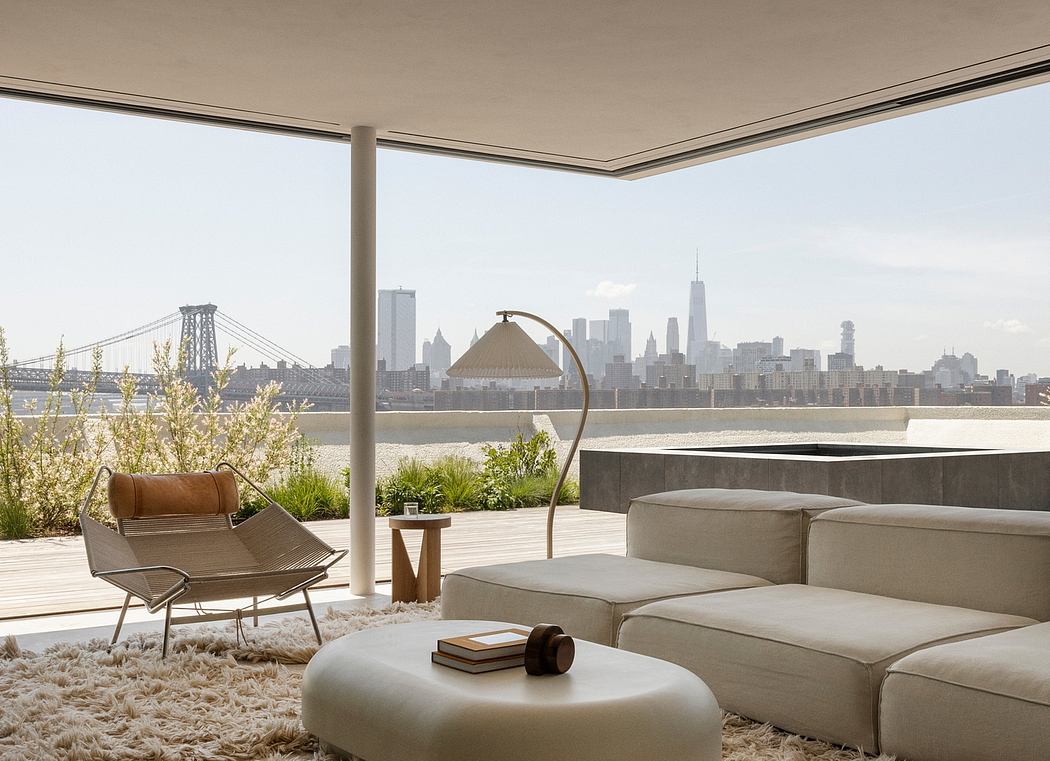The Museum of Natural History to Ultima Thule

WINNER OF A 2019 CANADIAN ARCHITECT STUDENT AWARD OF EXCELLENCE
Brandon Eli John Bergem, University of Toronto
Thesis Advisor:Â John Shnier
A workshop where exhibitions are constructed ?is a museum-within-a-museum, consolidating key imagery from the project in a single scene.
The Museum of Natural History to Ultima Thule engages the histories of two Arctic islands. One is an archaic fantasy; the other exists in reality, but is challenged by environmental change.
For centuries, the northernmost regions of the world were mysterious. The supposed discovery of a remote island called ?Thule? led to rampant speculation about the north. The island would be mythologized as ?Ultima Thule? (furthest Thule) by poets, cartographers, and early explorers. It came to symbolize the edge of the unknown world. Today, the actual Arctic Archipelago of Svalbard hosts the world?s most northern permanent settlement. The islands were discovered in 1596, and featured in a revised edition of Gerardus Mercator?s arctic projection map. Svalbard is a peculiar island, as the most remote location in the world. Claims of sovereignty are disputed. Century-old detritus?remnants from the age-of-exploration and early exploitation?have become cultural monuments. The landscape is nearly barren of vegetation, but carries fossilized imprints of grand primordial ferns. Scientific instruments littering the mountains attempt to register the changing climate, while Russian and Norwegian coal mines continue their wo...
_MFUENTENOTICIAS
canadian architect
_MURLDELAFUENTE
https://www.canadianarchitect.com/
| -------------------------------- |
| Neri Oxman designs synthetic apiary |
|
|
Villa M by Pierattelli Architetture Modernizes 1950s Florence Estate
31-10-2024 07:22 - (
Architecture )
Kent Avenue Penthouse Merges Industrial and Minimalist Styles
31-10-2024 07:22 - (
Architecture )






